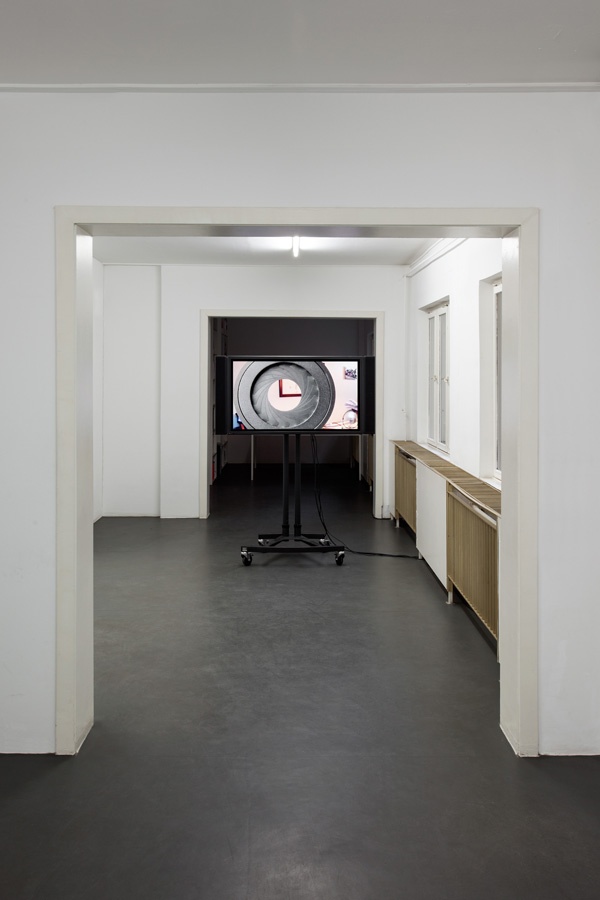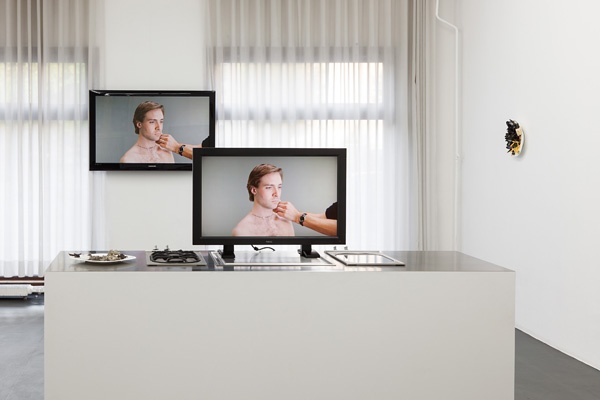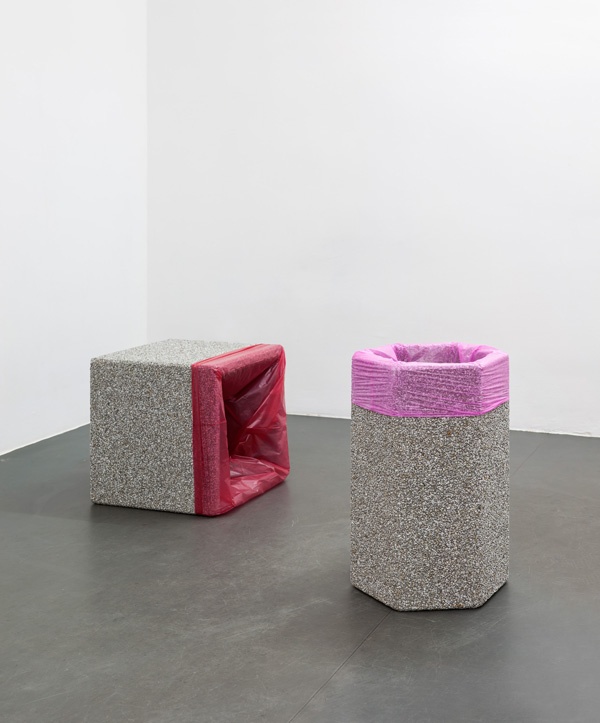Simon Dybbroe Møller
Tuesday, 6 May 2014




Simon Dybbroe Møller
Work from “Aperture & Orifice” at Galerie Kamm, Berlin.
“This is what I would like you to know and how I would like you to know it.
The music video to D’Angelos breakthrough hit “Untitled (How Does It Feel)” could be read as a meditation on the brotherhood between the vulgar and the stylized, the erotic and the pornographic. It features a single long shot of the singer, his unclothed and ripped upper body in a black space. While the camera moves around him capturing the tightening and relaxing of his muscles in ultra close up, it also limits itself to moving within an imaginary frame defined, top, left and right, by the dark emptiness of the studio and at the bottom by what is presumably his naked crotch. In other words, this is the Ken Burns’ style panning and zooming into a photographic image you know from the automated slideshow on your computer, albeit in 3D. The motif actually flexing its muscles is what makes this product a bastard. Or: the perfect crossbreeding between the moving and the still image.
We know it well; The relationship between aperture and shutter, between the eye and the sitter. We have been there and understand that desire. We allow ourselves to think of pelvic floor exercises while choosing our f-stop.
If anything, you should know that the Canon Mark II was produced for a 4-year period ending in 2012, and that it was the first camera to unite professional still picture and moving image making capabilities. An unassuming black plastic thing that cancelled a century long debate on the qualities intrinsic to photography on one side and the moving image on the other. Of course, as we all know, film is just a series of photographs arranged chronologically, making the fusing of the two in this machine seem more like a reunification of twin sisters separated at birth than a daring cross boundary merger. This machine is both real applicable progress and an anachronism at heart. It is the technology-commodity equivalent to launching a passionate attack on religion in the company of nothing but declared atheists.
These days we photograph what we eat. It is as if we are preparing to one day have the edited evidence at hand: This is what I fueled my body with. We turn the mechanics of survival into images of mood-lit wellbeing, into images of choice. The Japanese tradition of fake food called Sampuru, a name derived from the English word “sample”, was developed by candle makers to communicate menus to non-Japanese speaking foreigners. Molds are made of the components of an actual dish, then cast in polyvinyl chloride and hand painted. During the molding process, the ingredients are chopped up and combined in a manner similar to actual cooking.
We are on a cross Atlantic flight and we are thirsty. And then shortly after the drinks have been served, we eat. And then we all go to the toilet. Imagine how paper and urine and feces now slides through the tubing of this incredible machine. What a great experimental model this is. This is where weight is constant. This is where dieting won’t save you.” – Simon Dybbroe Møller